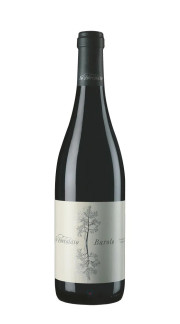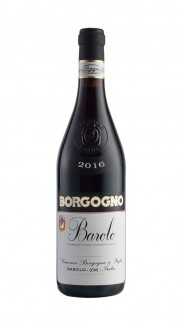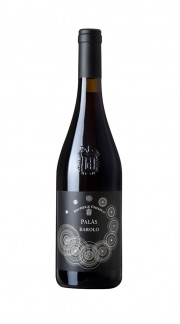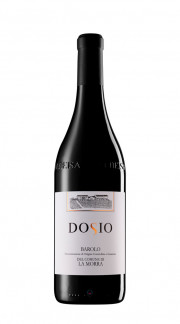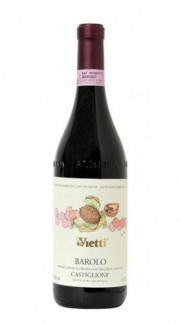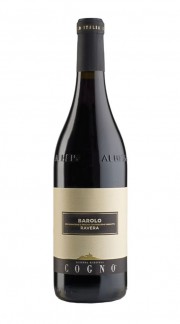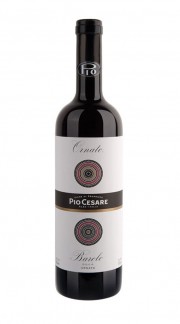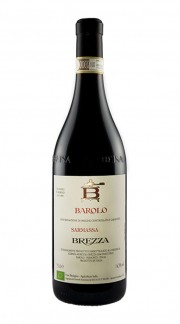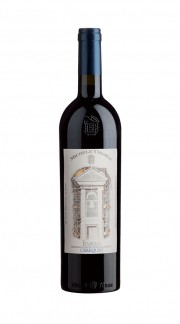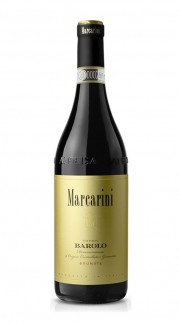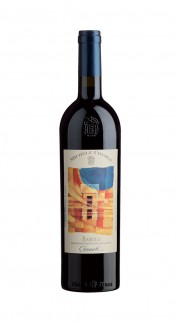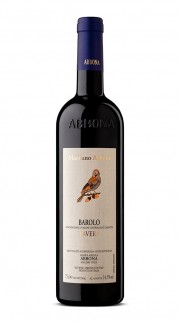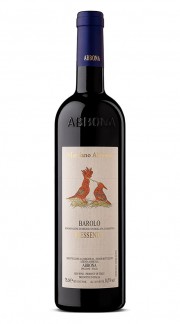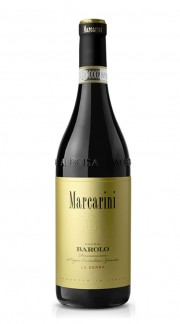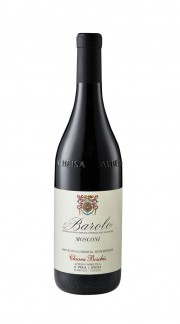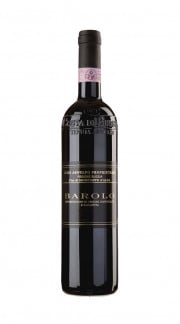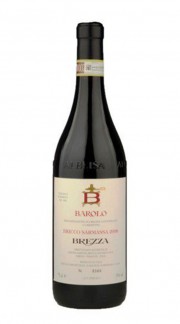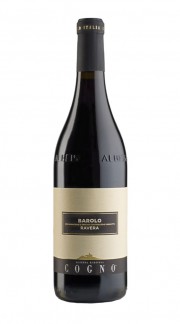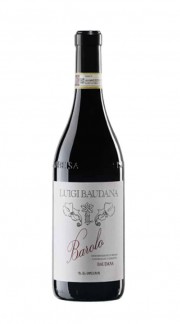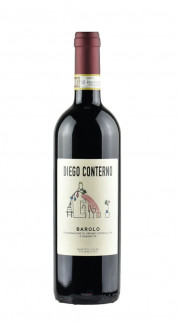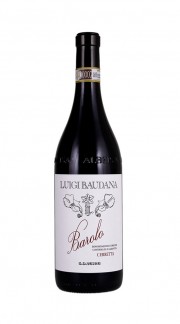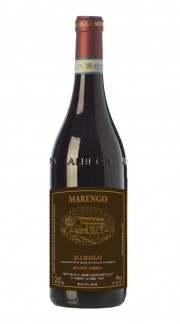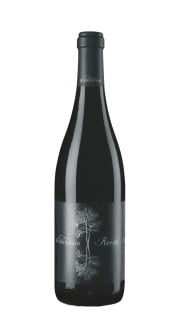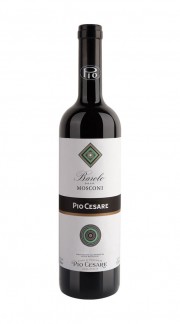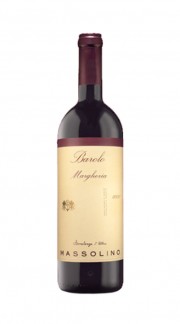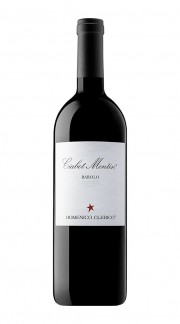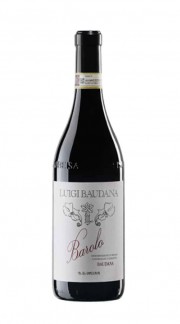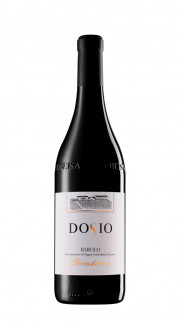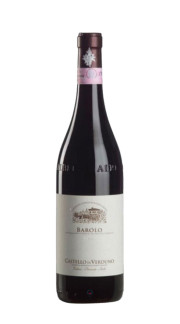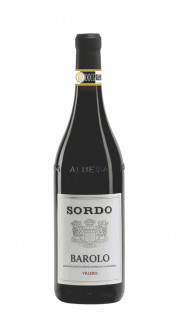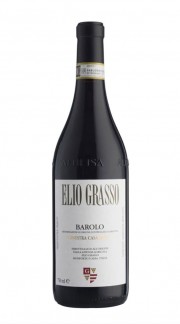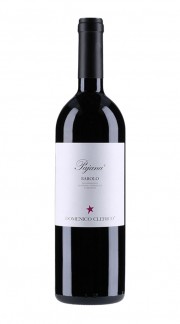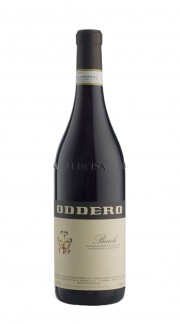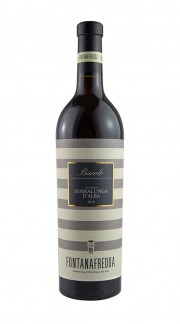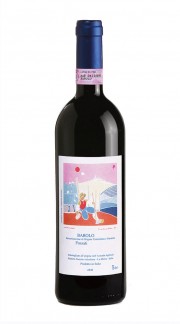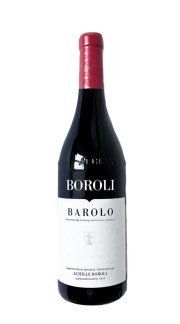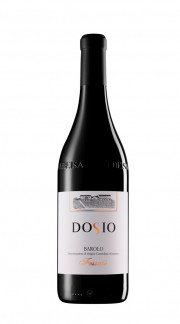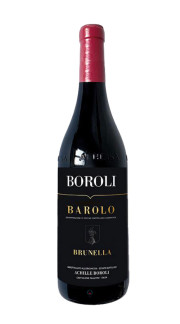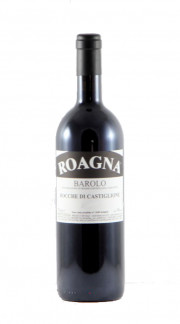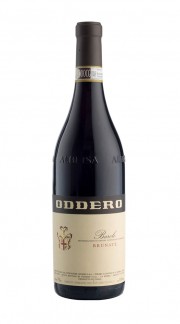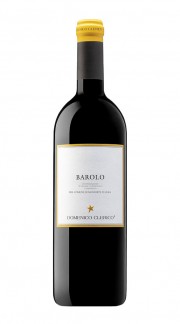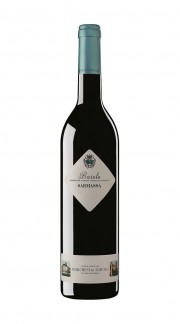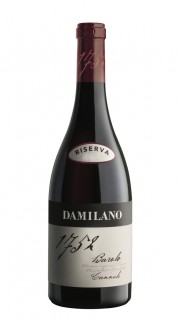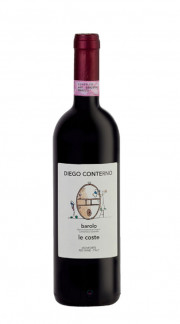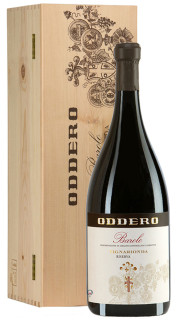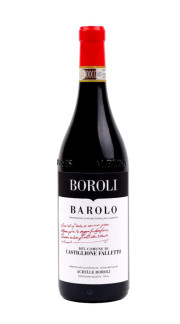Barolo
Barolo is one of the most prestigious wines on the Italian wine scene and, therefore, worldwide. Austere but elegant, sometimes rough but sumptuous, longevity is one of its most significant prerogatives. Historically it was born at the beginning of the 1800s in a wonderful territory like that of the Langhe, in Piedmont, but its commercial success arrived only at the beginning of the 1970s. It is produced exclusively with Nebbiolo grapes, which give a very elegant wine, but also tannic, astringent; it therefore requires a long aging in wooden barrels (minimum 2 years) to smooth out the roughness that distinguishes it as soon as it is produced. The subsequent refinement in the bottle can last for years, sometimes decades, thus giving us truly incomparable olfactory and gustatory sensations. Choose Vinopuro to find the best bottles of Barolo wine.
- Immediate availability
€ 62,00- Available
€ 207,80- Available
€ 48,80- Available
€ 40,80- Available
€ 92,40- Available
€ 232,70- Available
€ 182,70- Available
€ 97,90- Available
€ 207,80- Available
€ 190,50- Available
€ 553,80- Available
€ 53,30
- 1
- 2
History of Barolo: one of the most famous Italian wines
“ Wine of kings, king of wines “: as you can well imagine, the story of one of the most famous wines of Italy and the world is rather controversial, to the point of assuming the contours of a legend. We certainly know (from history) that the cultivation of vines in the Langhe area, home of Barolo, dates back even more than 2500 years ago, before the colonization of the Romans and the well-known "wine" relations with Gaul. Of course, we also know that the first written document where we read the word Nebbiolo (the mother grape of Barolo), or rather Nibiol, dates back to 1268: we are already in the middle of the Middle Ages. But for the official debut of the term Barolo, or rather Barol, we have to wait for the Age of Enlightenment: it is, in fact, traceable in the shipping documents of some crates of this wine, in 1751, for England, from of some Piedmontese diplomats. Barol is so popular and has such an echo, that it is also mentioned in the diaries of the future President of the United States, Thomas Jefferson , traveling in Europe in those years. But the real curiosity is to be found in the fact that Barolo was, in those years, a sweet and sparkling wine! This as a consequence of the limited oenological knowledge of the time and therefore of the different processing of the wine: in fact, it was not yet known how to transform all the sugars contained in the must into alcohol: a residual sugar (and also carbon dioxide) remained in the wine, thus making it sweet and sparkling.
But if we say that modern Barolo red wine, as we know it, has as its discoverer/promoter a French woman and winemaker (!), it almost seems like stating a heresy, in the homeland of Italian wine: historically, however, that's exactly how it went ! We are in fact talking about Juliette (or Giulia) Colbert de Maulevrier who marries, at the beginning of the 1800s, the Marquis Carlo Tancredi Falletti, whose banking family had acquired important land properties in the great Municipality of Alba, since 1250; upon her husband's death, the marquise inherits all the family's possessions, but above all she intuits the potential of the Nebbiolo grape and the local wine, Barolo, and decides to call the great French winemaker Louis Oudart to her lands, who then applies the techniques used for the great French wines on the wine produced in the possessions of the marquise. Success was almost immediate and in the royal courts of half of Europe Barolo was drunk more and more often. Even King Carlo Alberto of Savoy fell in love with this wine and requested it from the marquise who, according to legend, sent him 325 carts, each containing a barrel: one for each day of the year (except for the 40 days of Lent). It is thus that, at the court of Turin, Barolo is defined as “wine of kings, king of wines“. Subsequently Carlo Alberto di Savoia bought properties in Verduno and Pollenzo to guarantee himself a personal production and entrusted General Staglieno, enologist and admirer of France, with the care of the vineyards and the production of Barolo in his various possessions. In the meantime, Emanuele too, Count of Mirafiori and son of Vittorio Emanuele II and Rosa Vercellana ('the beautiful Rosin'), receives the appanage of the lands of Fontanafredda in Serralunga d'Alba and the Castello della Volta in Barolo and also dedicates he therefore, with foresight, to the production of Barolo.
Another undisputed protagonist of the history of Barolo is Camillo Benso Conte di Cavour ; he too calls the oenologist Louis Oudart to take care of the wine in his family properties and it is from this collaboration that the modern style of Barolo was born which, for the first time in 1844, was bottled as a dry and still wine. In the following years, a proliferation of technological innovations allowed Barolo to develop its innate propensity for aging and that temper, that structure that still distinguishes it today. In the meantime, the map of the territory also changed profoundly: on the death of the Marquise Juliette Colbert de Maulevrier Falletti, in 1864, the possessions owned by her were progressively ceded to the farmers and sharecroppers who had led them up to then, giving life to the characteristic fragmentation of the territory that still today characterizes the Langhe, making them resemble, for this reason, the French Burgundy.
In the first decades of the 1900s, Barolo became so famous among enthusiasts that various attempts at imitation and counterfeiting began. In 1909, the Agricultural Consortium defined the production boundaries of this great wine, precisely to encourage and protect its production. In 1927, the "Decree on typical wines" was published in the Official Gazette, which officially delimits the Barolo area; in the same year the geological zones of the Barolo production areas were also defined, highlighting the areas with the greatest vocation that we know today: La Morra, Verduno, Castiglione Falletto, Monforte, Grinzane, Barolo, etc. In 1934, the Consortium for the defense of the typical Barolo and Barbaresco wines was born in Alba; in 1966, Barolo obtained the DOC and in 1980 the DOCG arrived.
Barolo therefore reveals itself in all its potential (and power), but objectively it remains very well known only in the niche of enthusiasts and insiders who appreciate it, adore it for its tannins, frankness, sometimes mistaken for grumpiness, but the large international public does not know him and does not appreciate him yet. Hence the birth, in the early 1980s, of a very particular and unique phenomenon in the history of Italian viticulture: they are the Barolo Boys . It is a group of young winemakers who ask themselves the question of why so many sacrifices are made in the Langa to produce a wine, Barolo, which is recognized only by experts, while in France such expensive and world-renowned wines are produced … Thus they begin to experiment with new solutions, and therefore contrary to the strict tradition of the Langhe, to produce and refine Barolo: thus they arrive at the infamous barriques , small oak barrels that have a profound effect on the aroma and taste of the wine. In the early 90s they presented themselves on the American market and effectively the public, the critics, the restaurateurs from overseas, immediately went crazy for these new products which are an explosion of aromas and tastes, to the nose and to the palate: the "modern" Barolo " is the new king of wines! At the same time, an inevitable war begins between the two factions of producers, the Traditionalists and the Modernists . A war of ideas, sure, but no less fought that still continues today, 40 years later. Surely the front of the modernists, currently, has partially retraced its steps and their revolution, from the oenological point of view, has not had a great following, however it is undeniable that everyone, in the Langa, has enjoyed the fruits of that "move" . The attention captured at an international level has also benefited other wines and above all tourism, in general, placing this area in the gotha of the most important wine-growing areas on the planet.
Barolo wines: characteristics
Barolo has great aging potential and can easily rest in the cellar for even more than 15-20 years. Although many Barolo labels can be enjoyed right from their release on the market, a long aging in the bottle will favor complete maturation, allowing the gustatory "hardness" to smooth out, the olfactory bouquet to expand and the tannins to become more velvety. elegant and less rough. The emotions one feels in drinking a good glass of Barolo and, even better, one that has been aged correctly, are unique and indescribable!
It has a transparent ruby color that turns orange as the years go by. The other unmistakable characteristic is the elegant, ethereal bouquet, rich in small red fruits, withered flowers, spices, leather, licorice, but above all it is the bond with the land that makes Barolo unique. On the palate it is elegant and sober at the same time, it is not an explosive wine, it plays its cards on finesse, rather, with tannins that give structure and persistence, mixing notes of licorice and coffee.
Barolo goes well with savory and traditional Piedmontese dishes (but not only) based on red meat: roasts, braised meats and game, preferably succulent, given its marked tannins. Truffle-based dishes and very mature hard cheeses are also very popular.
Disciplinary Barolo
The production of Barolo docg must meet the requirements of the relative specification. The use of only one vine, Nebbiolo, is permitted; among other things, the permitted geographical area is defined and the rules of viticulture, vinification and refinement are foreseen. There are 11 municipalities where production is expected: Barolo, Castiglione Falletto, Serralunga d'Alba and part of the municipalities of Monforte d'Alba, Novello, La Morra, Verduno, Grinzane Cavour, Diano d'Alba, Cherasco and Roddi , all in province of Cuneo. The yield of grapes per hectare must be limited to a maximum of 8 tons. All these stringent requirements ensure the high quality of the Nebbiolo grapes and therefore of the final wine. The vinification rules are equally precise and rigorous: among others, an aging period of at least 38 months , 18 of which in contact with the wood of the barrels, which extends to 62 months of overall aging for the Barolo Riserva. The release on the market is therefore allowed only starting from 1 January of the fourth year following the harvest.
Another important information to know is that relating to the best Crus , i.e. the best and most suitable vineyards of Nebbiolo which are then mentioned on the label. Among the most famous and prestigious are: Brunate, Cannubi, Bussia, Bricco Boschis, Monprivato, Rocche and Monfalletto and Falletto, France, Vigna Rionda, Monvigliero and San Lorenzo .
Barolo wine: discounted prices and special offers
If you're looking for the bottle of Barolo you've always wanted, discover Vinopuro 's offer. On this page the best producers, but also award-winning wines of all vintages at discounted prices
Happy tasting!

